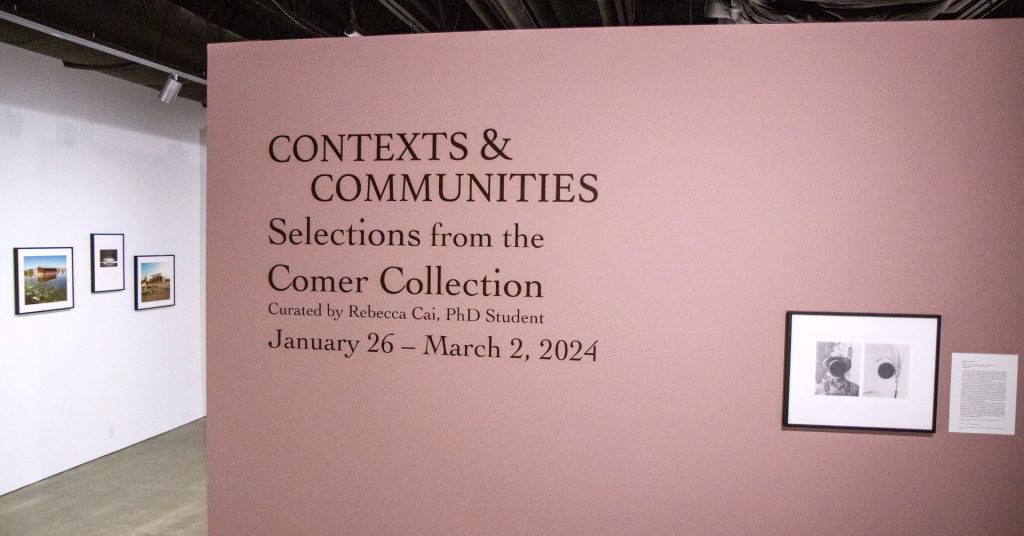
The exhibition Contexts and Communities draws the audience to analyze each image beyond the print, aiming to enlighten viewers on every element that influences a photograph.
The installment invites viewers to reflect on factors such as the time, the place, and the people who were present when the photographers captured their pictures, as well as information about the photographers themselves and the intended purpose of the photograph concerning the photographers’ assignments.
Contexts and Communities, an exhibit of photographs selected from the Jerry and Marilyn Comer Collection of Photography, will be displayed at The University of Texas at Dallas’ SP/N Gallery through March 2. The exhibit features 37 photographs, ranging from 1909 to 2017.
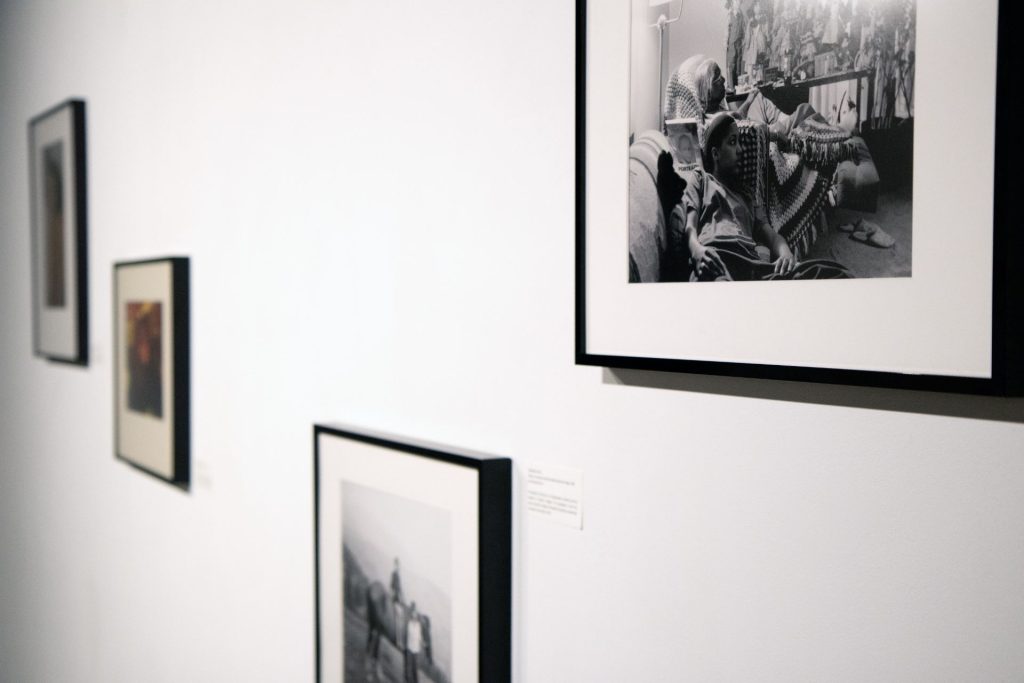
“Photographs are smaller fragments taken from larger real-life settings, and these extracted segments are subject to choices made by photographers and editors,” said Rebecca Cai, Contexts and Communities curator and PhD student at the Harry W. Bass School of Arts, Humanities, and Technology at UT Dallas.
The exhibition showcases photographs by Dorothea Lange, a renowned American photojournalist and pioneer of documentary photography, best known for her iconic 1936 portrait, Migrant Mother. Lange was part of a group of photographers from the Farm Security Administration who documented the displacement of communities due to the Dust Bowl and the Great Depression.
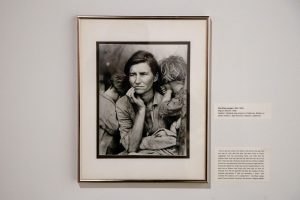
In addition to showcasing the diverse perspectives of FSA photographers, the exhibition “Contexts and Communities” underscores the broader landscape of documentary photography. The display deliberately commences with Lange’s iconic work. It encapsulates various photographer groups like the Photo League, Magnum photographers, and those associated with the Studio Museum in Harlem.
The installment culminates with LaToya Ruby Frazier’s work, underscoring the evolving narrative of documentary photography. Frazier’s contemporary perspective is pivotal as she pays homage to Lange’s profound impact on her work. The exhibit strategically places Frazier’s work at the culmination, symbolizing a continuation and reinterpretation of the historical trajectory initiated by Lange.
“Thematic concerns are embedded in the exhibit and these themes include environments and place, labor, homelands, and family,” Cai said. “They exhibit how precarity and care are embedded within photographs of communities and various places, how various themes, such as disaster, the concept of home and family, labor concerns and rights, and so forth, are prevalent and ever-repeating, but they also differ based on different situations and contexts.”

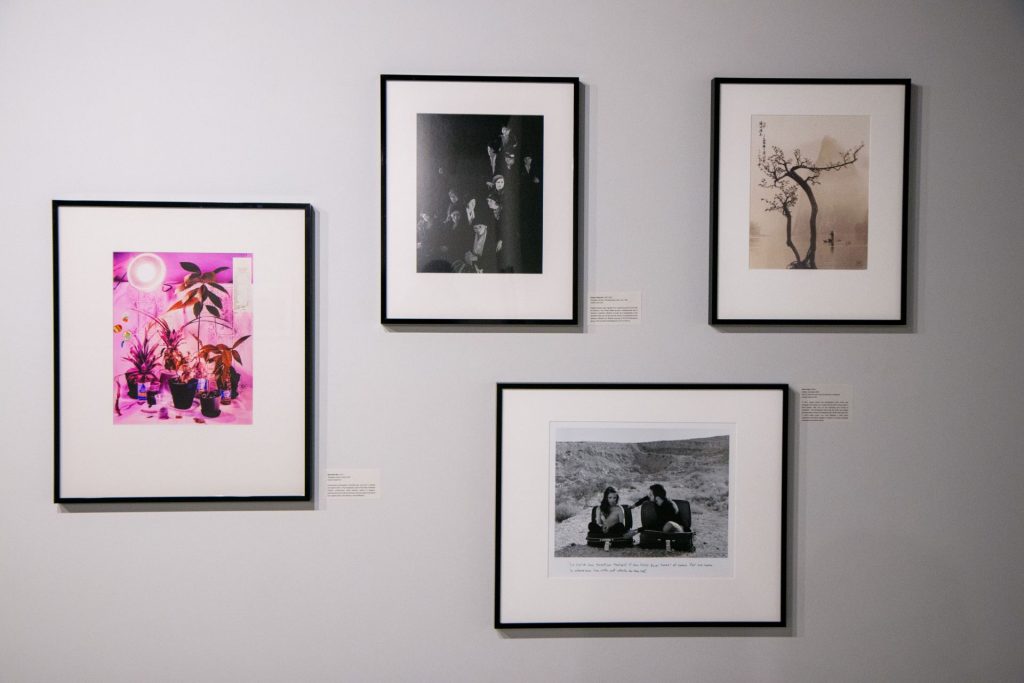
Contexts and Communities draws inspiration from the ideas of various contemporary scholars, including Louis Kaplan, professor of history and theory of photography and new media at the University of Toronto Mississauga’s Department of Visual Studies.
“The relationship between photography and community can be thought about as ‘an act of sharing in which we are exposed to one another,'” Cai states in the Contexts and Communities program, quoting Kaplan. “The subject becomes exposed to the photographer and the future viewer.”
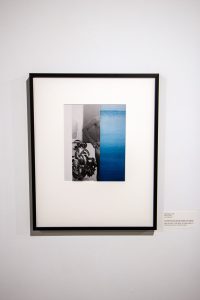
The exhibition is also shaped by the ideas of the late Terry Barrett, an art critic and Professor Emeritus at The Ohio State University’s Arts Administration, Education & Policy (AAEP), along with contributions from other scholars and philosophers.
“What is exposed in a photograph is subject to contextual choices,” the program states. “According to scholar Terry Barrett, photographs are portions of time that have been extracted from a larger temporal flow, leaving the possibility for the viewer to imagine the “moments before and after the one that is shown.”
Contexts & Communities is among two unique installments exhibited simultaneously at SP/N Gallery through February. Both Dragon Eye, an immersive video installation by UT Dallas professor Thomas Riccio, and Contexts & Communities are curated by two prolific artists and members of The Bass School.
While both exhibitions showcase the exceptional talent and dedication fostered within The Harry W. Bass School of Arts, Humanities, and Technology at UT Dallas, Riccio’s “Dragon Eye” will take center stage in this article.
Gifted by Jerry Comer MS’77 in 2005, the Jerry and Marilyn Comer Collection of Photography captures notable representations of the work of female artists and socially conscious photographers. The Comer Collection comprises numerous images documenting American history, including several portfolios from the Civil Rights movement, among more than 1,500 photographs dating from 1940 to the present.
###